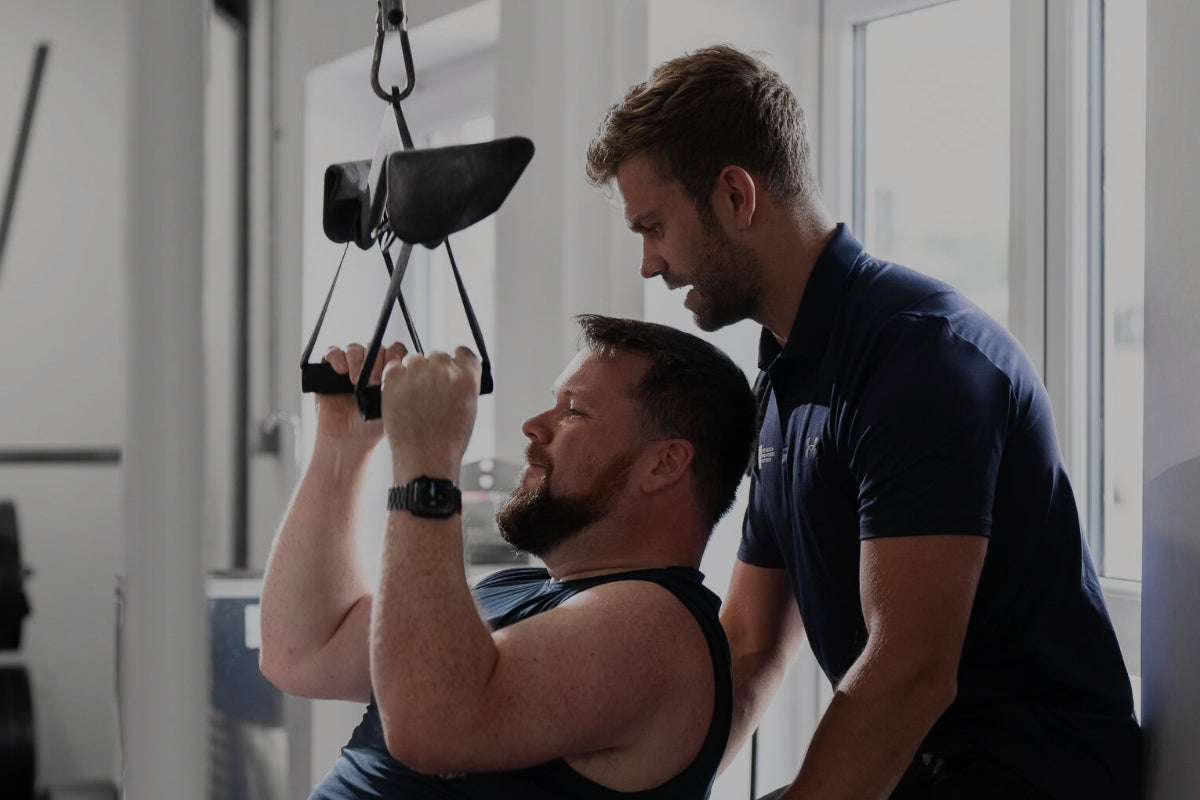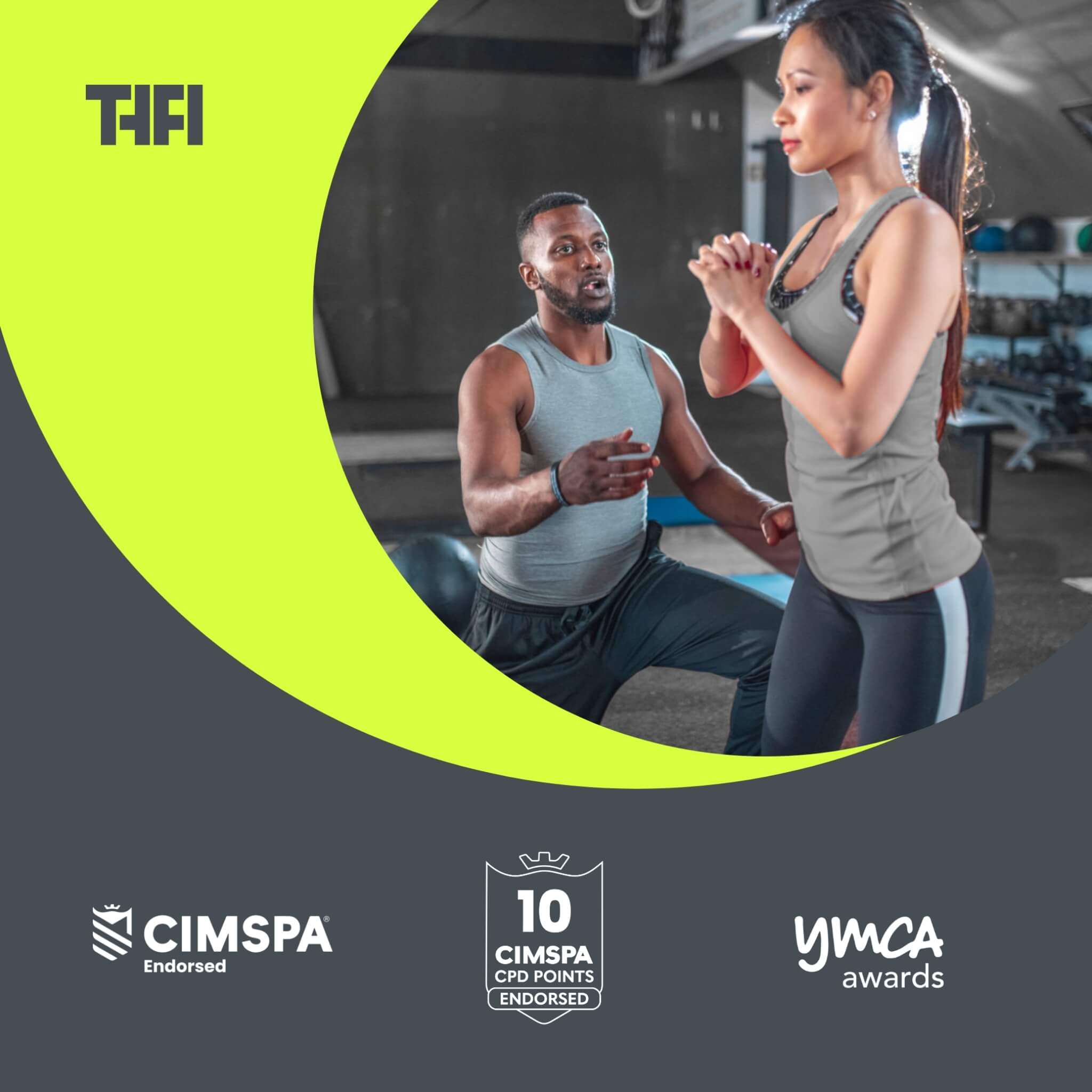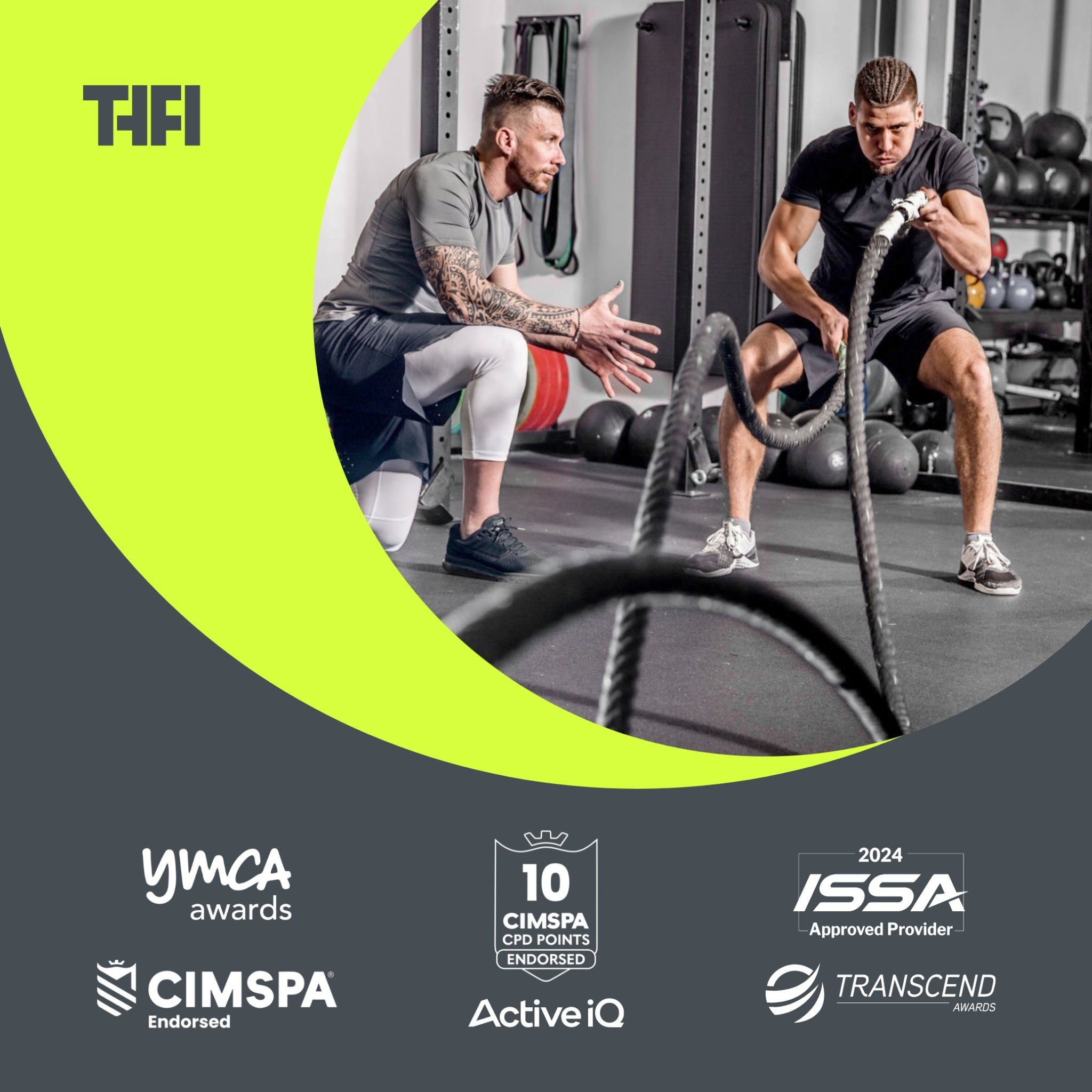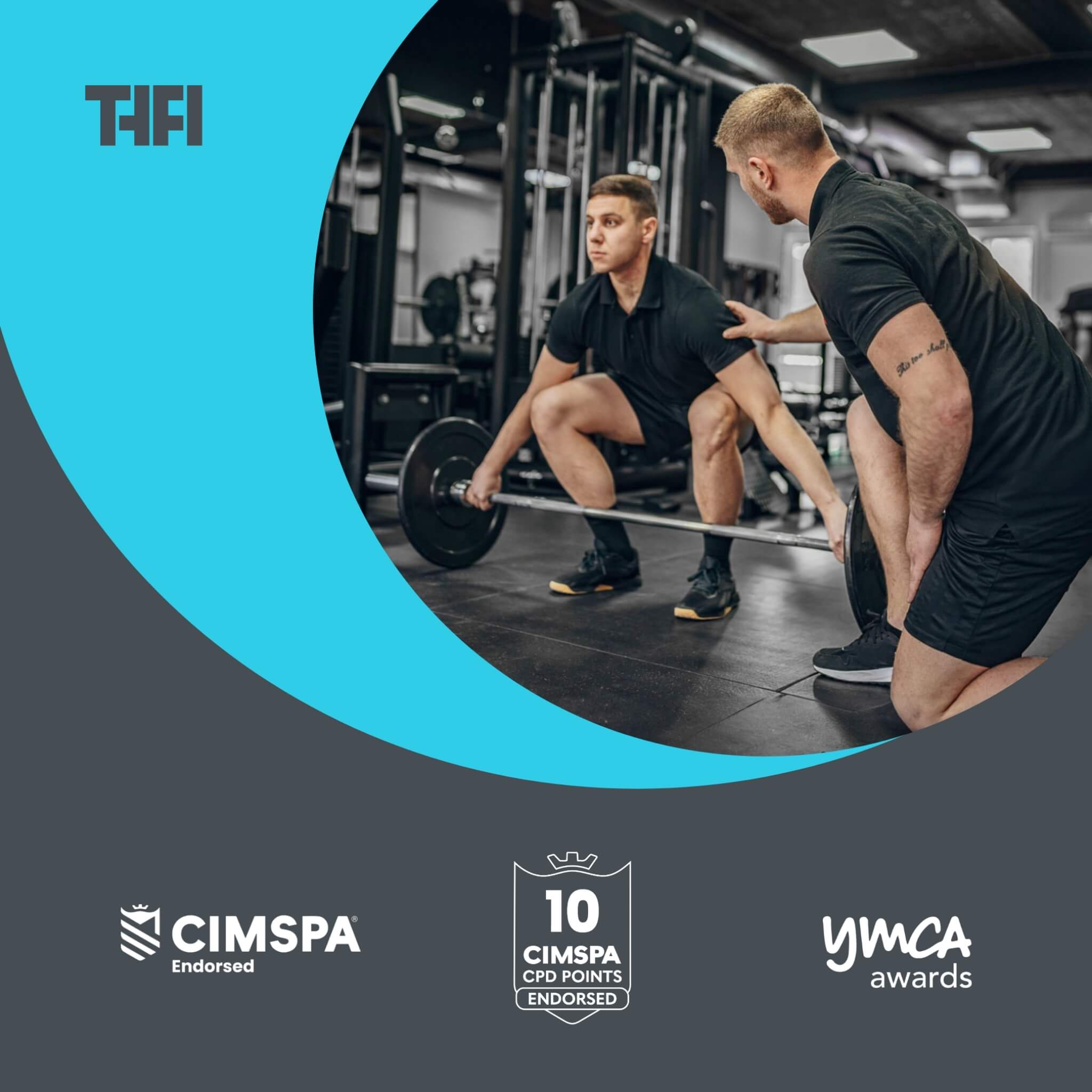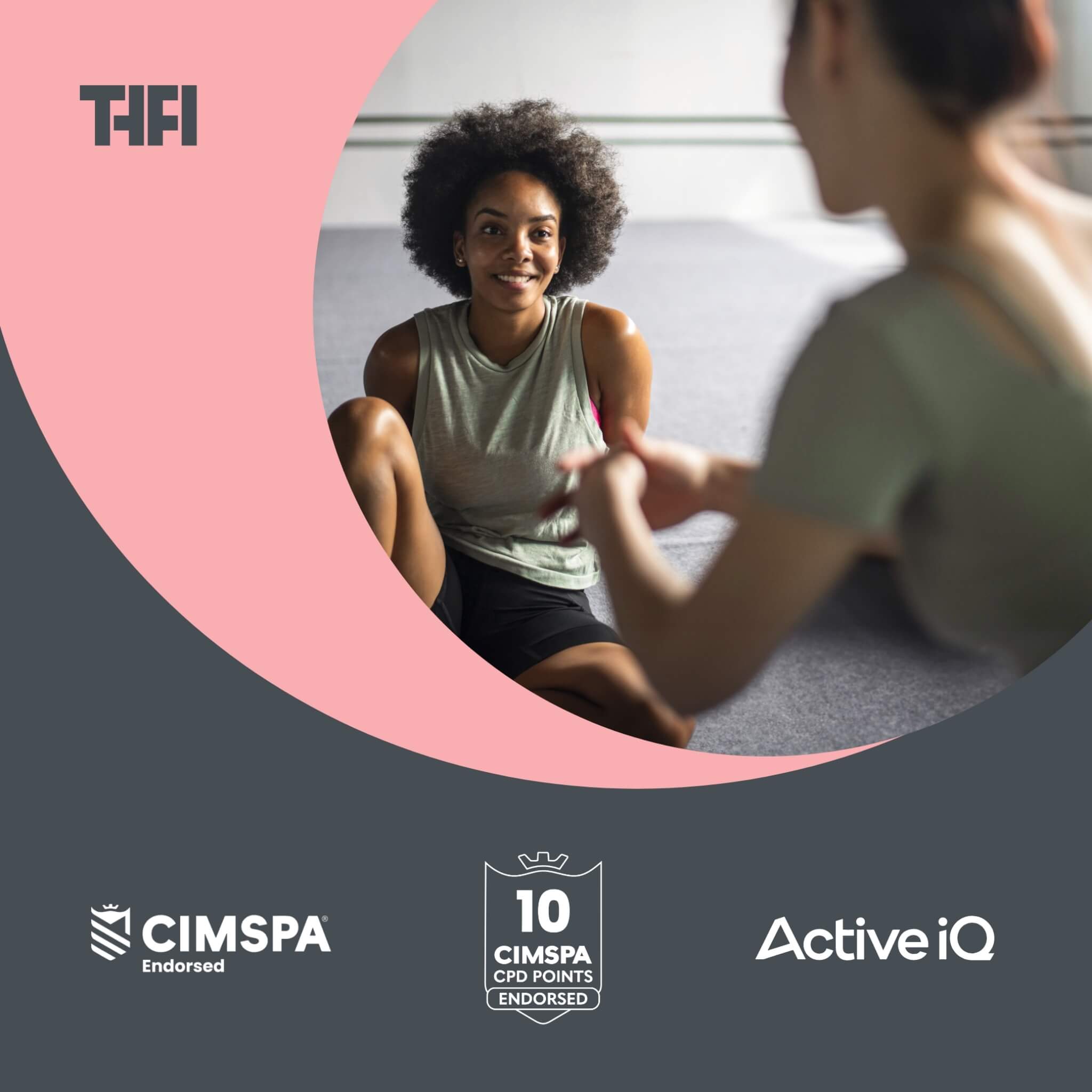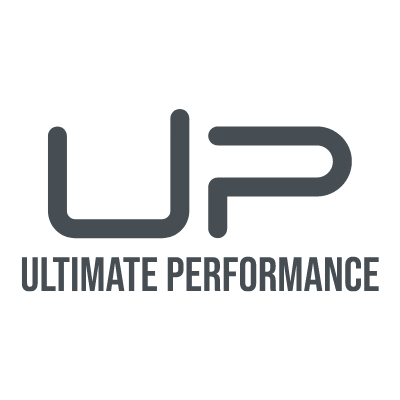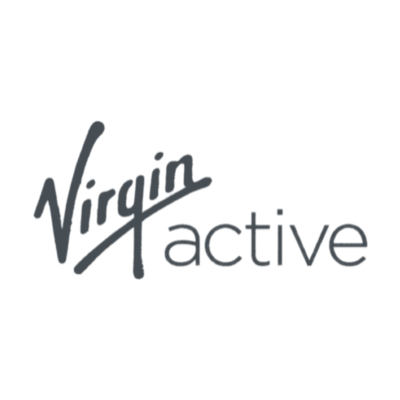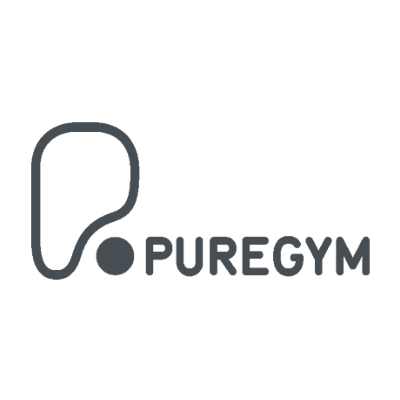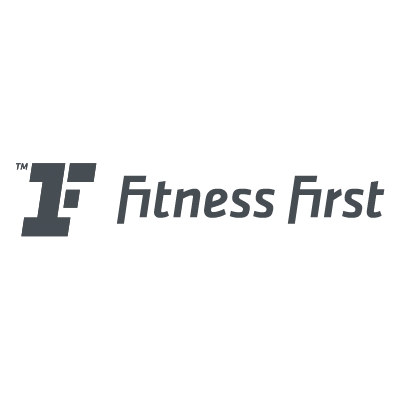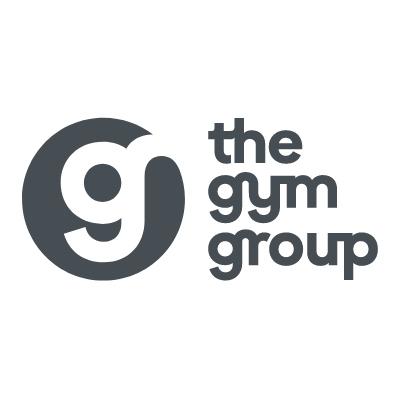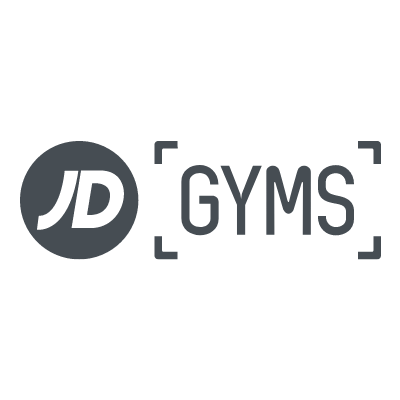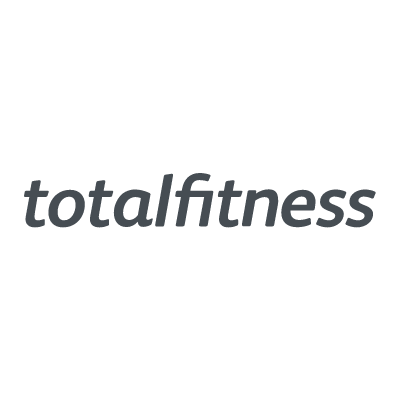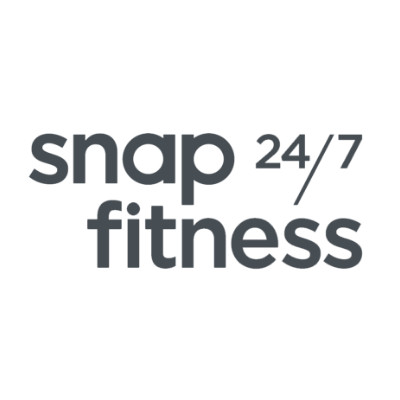How to Conduct a Compelling Client Consultation in 4 Steps
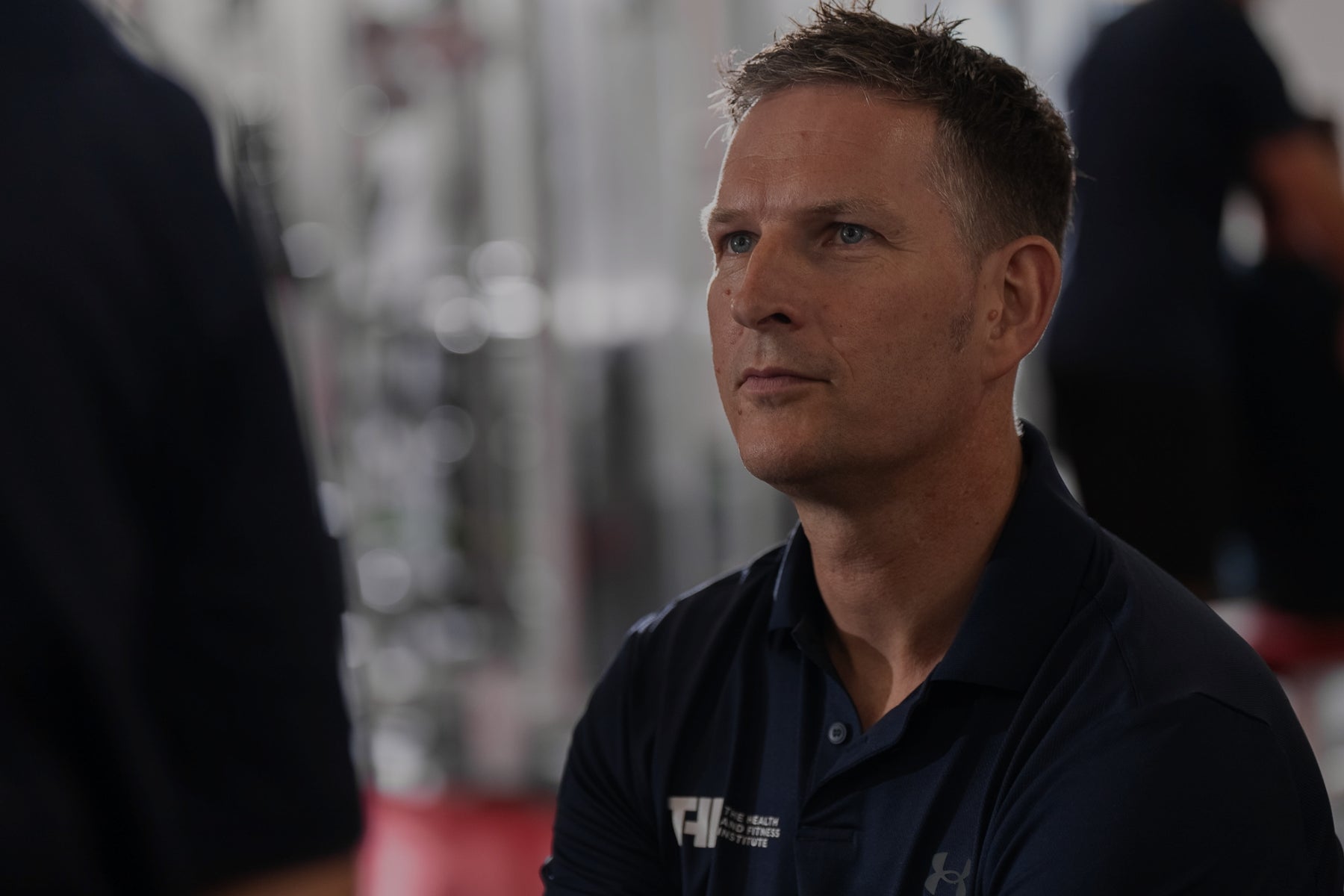
If you’re an aspiring personal trainer, here’s an absolute guarantee…
Your first session on the gym floor with your first client will be nerve-wracking.
Any experienced trainer worth their salt will tell you the exact same.
But, that first session will be 10x more nerve-wracking if you know nothing about your client.
Imagine you have zero idea about their experience in the gym. You don’t know how much they eat in a typical day, you don’t know if they’re carrying an injury which could limit their training intensity.
You’re setting yourself (and your client) up for failure.
That’s why an initial consultation is a non-negotiable for every personal trainer.
You might be wondering how to go about conducting a thorough and professional consultation…
What questions should you ask? How long should it be? What objections might your client have?
Find all the answers, and how to get the most out of your client consultations, below.
First things first. Why do we need client consultations?
It's not just a formality; it's a strategic ‘first date’ that can help you get the most out of your clients. It’s not a sales pitch either. Less about you for now – more about your client. It’s your opportunity to find out what they’re looking to get out of their time working with you. And, equally as important, a chance to dig deeper into any underlying health conditions, injuries, or concerns your client may have.
1. Conduct a thorough lifestyle assessment.
It’s important to understand how active your client is in daily life, what kinds of foods they’re eating, how frequently they have meals, and if they have any experience lifting weights. Equally, you need to find their ‘why’. This is among the most pivotal part of any consultation. Ask your client what is motivating them to get in shape. Ask what has brought them to this point. Ask why they have chosen to enlist your help now. That way you’ll immediately build rapport and you’ll be working towards a shared goal. When clients feel heard and valued, they’re more likely to buy into your way of coaching. Be the trainer who seeks to understand, not the one bulldozing change upon them. Trust is your currency for facilitating growth and transformation.
2. Understand your client’s barriers.
Real and perceived barriers can make or break your client's experience in the gym. Real barriers include hectic schedules, exhaustion, and family commitments. Perceived barriers are those self-doubts that creep in, such as "I can't do it," “I don’t have time” or "I might get injured." Identify and conquer these barriers together with your client. Here's a nifty example: a client struggling with time who’s worried they can’t commit to a fitness program. Remind them that they probably don’t need to spend endless hours in the gym to see the results they want. You can even use technology to your advantage here. A friendly reminder on Google Calendar or Teams can work wonders for motivation.
3. The PARQ form.
A Physical Activity Readiness Questionnaire is designed to protect you and your client. Every client you work with should fill out a PARQ. Why? Because it gives you detailed breakdown of their habits, health, and lifestyle that will influence how you work together on and off the gym floor. Ultimately, a well filled out PARQ helps you provide a much more tailored personal training experience.
It will also give you a good idea of any potential health risks you need to look out for and provides a strong level of insight into your client's physical activity. Most personal training insurance companies insist on a PARQ. So, check with your insurer for the right PARQ to use. While the PARQ is valuable, it’s not magic. For example, a PARQ probably won’t gauge the risk of developing chronic diseases or cover medication details. Nonetheless, it's an important piece of the puzzle in ensuring your client's results are what they wanted.
4. Offer a solution.
Come the end of any consultation, you should have built up a healthy amount of information on your client. You should know exactly what they’re looking to achieve. Lean back on your expertise and create a plan that you’re confident will deliver the best possible results and offer the strongest return on investment. Always keep your client in the loop, too. If their program is taking a day or two longer to design than you thought, tell them. Don’t leave your client waiting right from the off.
It’s then up to you to schedule a follow-up meeting with your client to confirm the finer details, like how often they can train, what foods they prefer, and an overview of what their plan might look like on the gym floor. Remember to explain why these details need ironing out, not just as a formality, but explain why they’re the building blocks of their training program. That way, you’ll foster transparency and trust – two vital elements in any personal training relationship.
This systemised format should help you navigate your way through all your consultations…
It should also give you an edge whilst trying to onboard clients that might have been sceptical about starting their own personal training program.
Once you begin working with clients, don’t forget to keep referring back to their initial consultation.
And, never let your client’s ‘why’ slip from your mind!


